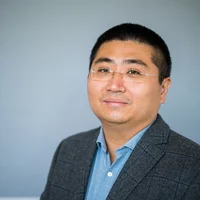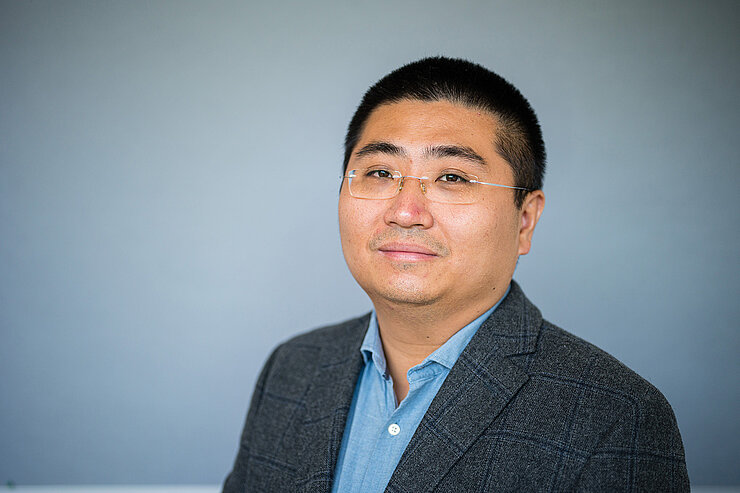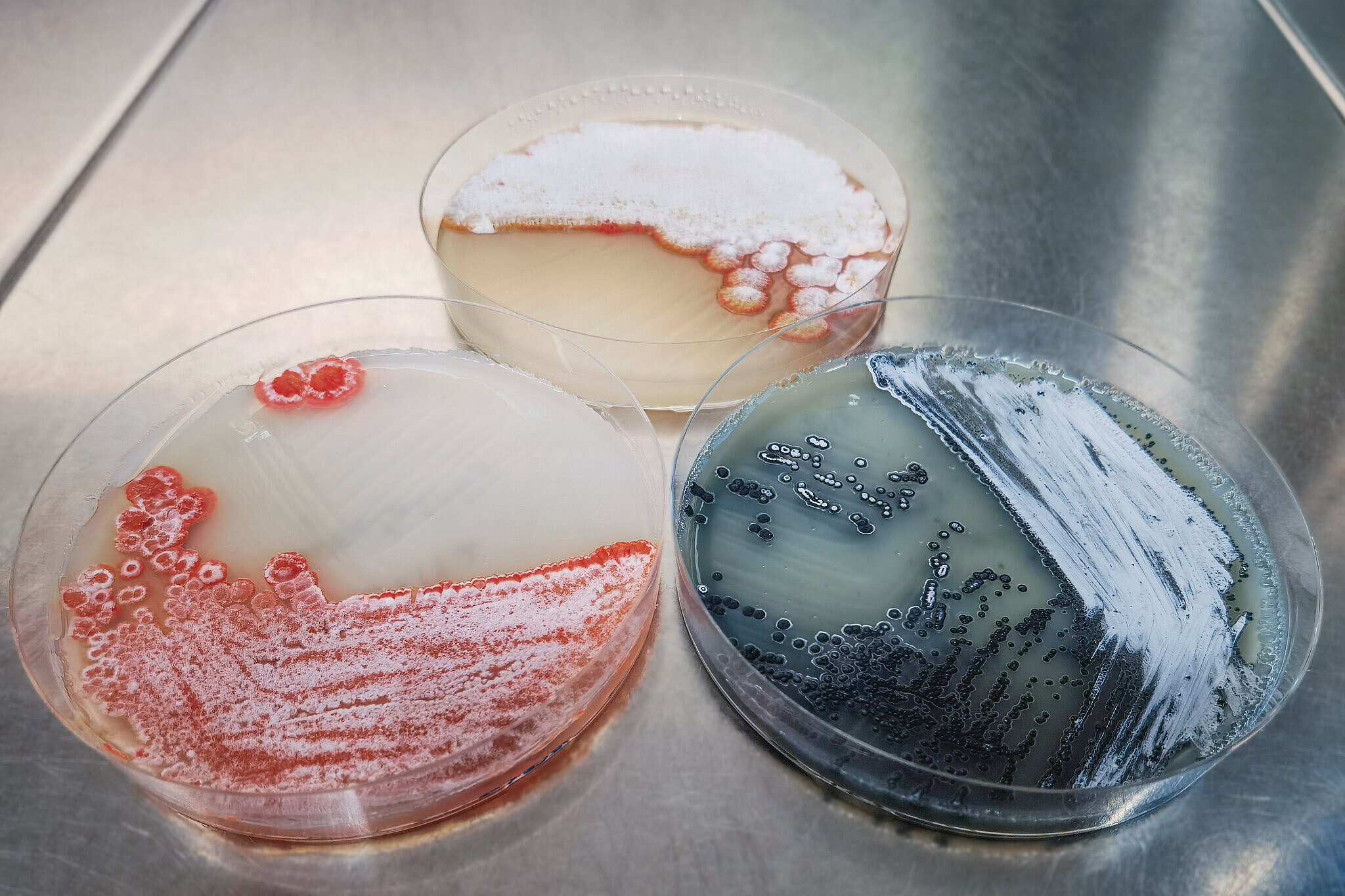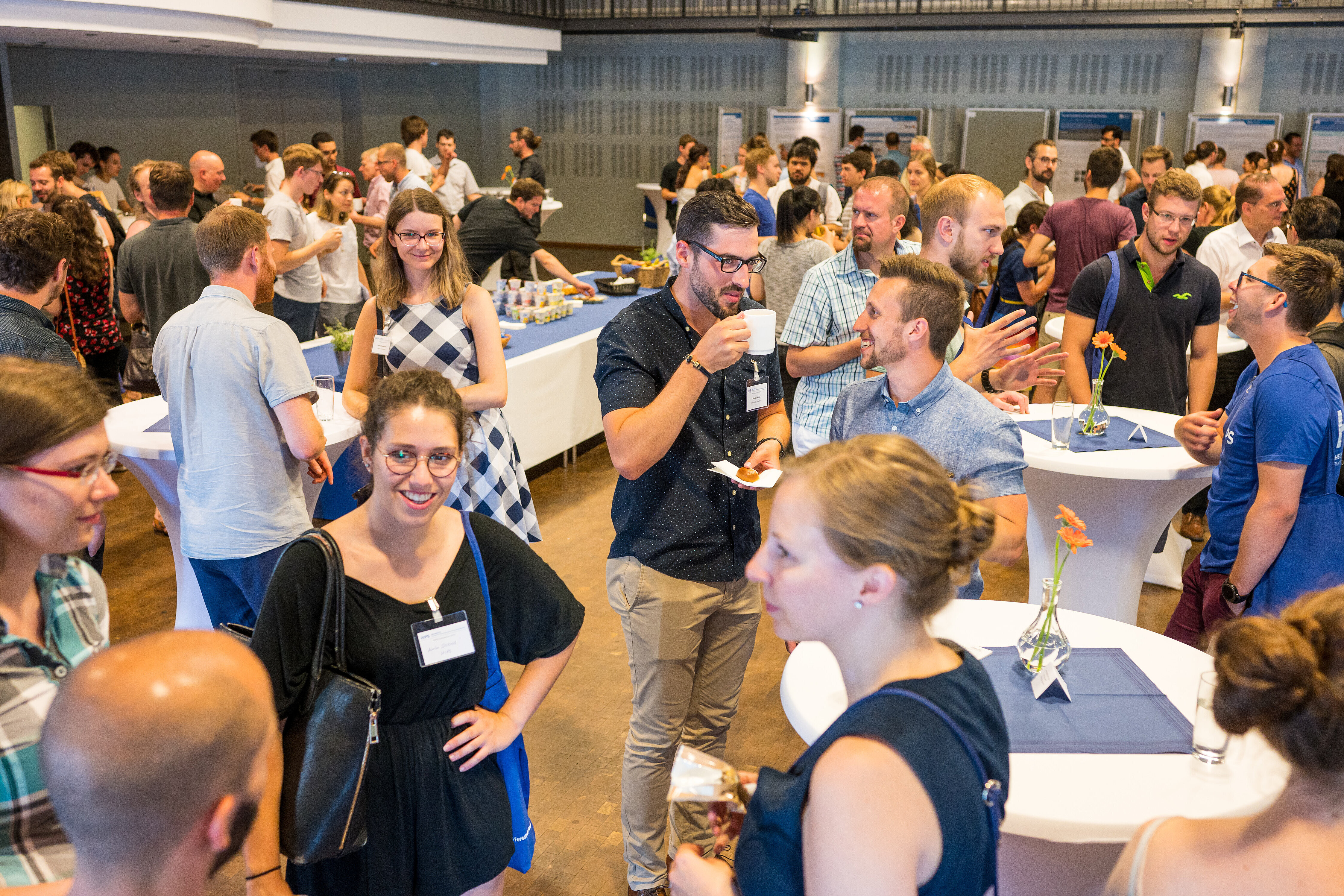![[Translate to English:] Hemmhöfe](/fileadmin/_processed_/5/8/csm_GEMS_AdobeStock_839907359_cd14b77187.jpeg)
Genome Mining for Secondary Metabolites

Our Research
The antibiotic resistance crisis has been identified by the World Health Organization as one of the greatest threats to global health, food safety, and economic development. In addition to the fact that antibiotic misuse causes the emergence of drug-resistant microorganisms, the scarce amount of new antibiotic classes in the drug development pipeline is another factor intensifying the crisis. Thus, the discovery of new antibiotics is urgently needed.
Natural products are an invaluable resource for developing small-molecule drugs including antibiotics and anti-cancer drugs. A large percentage of approved drugs are related to natural products. Microorganisms not only historically contribute to the discovery of natural products, but will also serve as a prolific source in the future due to their enormous underexploited biosynthetic potential revealed in the post-genomic era.
The demand for novel small-molecule drugs is still growing due to different reasons, depending on the respective disease. Taking antibiotics as an example, the drug resistance challenge from pathogens is getting more and more serious, not to mention the dry pipeline for developing novel antibiotic drugs. The emerging multidrug resistance, extensive drug-resistance and pandrug-resistance in pathogens are rendering even the most effective antibiotics useless.
A high rediscovery rate is one of the main challenges to natural product based drug development. Finding new approaches to discover novel and bioactive natural products will be helpful to tackle the antibiotic resistance crisis. Since entering the new century, the increasing availability of whole-genome sequences from drug-producing microorganisms revealed that the potential to produce structurally diverse metabolites is far greater than previously expected. It is intriguing to discover better ways to activate cryptic biosynthetic gene pathways because only a limited number of bacterial metabolites are produced under standard laboratory conditions. This great unexploited potential has been recognized by scientists when analysing the massive genetic data of cultured and uncultured prokaryotes deposited in public databases. However, the fact that activating orphan gene pathways only led to few successful examples in natural products discovery indicates that novel and effective methods are still needed.
Our group pays attention to the problem of antibiotic resistance and is committed to the discovery of microbial-derived active small molecules using new ideas and new methods. Our group is interested in the application of genome mining approaches for the identification of microbial natural products with novel mechanisms of action which may help fighting drug resistance. Microorganisms provide us with tremendous gene resources which could be exploited in the post-genomic era using novel approaches integrated with cutting-edge technologies like direct cloning, genome editing, and biosensor technology.
Our Research
The antibiotic resistance crisis has been identified by the World Health Organization as one of the greatest threats to global health, food safety, and economic development. In addition to the fact that antibiotic misuse causes the emergence of drug-resistant microorganisms, the scarce amount of new antibiotic classes in the drug development pipeline is another factor intensifying the crisis. Thus, the discovery of new antibiotics is urgently needed.
Natural products are an invaluable resource for developing small-molecule drugs including antibiotics and anti-cancer drugs. A large percentage of approved drugs are related to natural products. Microorganisms not only historically contribute to the discovery of natural products, but will also serve as a prolific source in the future due to their enormous underexploited biosynthetic potential revealed in the post-genomic era.
The demand for novel small-molecule drugs is still growing due to different reasons, depending on the respective disease. Taking antibiotics as an example, the drug resistance challenge from pathogens is getting more and more serious, not to mention the dry pipeline for developing novel antibiotic drugs. The emerging multidrug resistance, extensive drug-resistance and pandrug-resistance in pathogens are rendering even the most effective antibiotics useless.
A high rediscovery rate is one of the main challenges to natural product based drug development. Finding new approaches to discover novel and bioactive natural products will be helpful to tackle the antibiotic resistance crisis. Since entering the new century, the increasing availability of whole-genome sequences from drug-producing microorganisms revealed that the potential to produce structurally diverse metabolites is far greater than previously expected. It is intriguing to discover better ways to activate cryptic biosynthetic gene pathways because only a limited number of bacterial metabolites are produced under standard laboratory conditions. This great unexploited potential has been recognized by scientists when analysing the massive genetic data of cultured and uncultured prokaryotes deposited in public databases. However, the fact that activating orphan gene pathways only led to few successful examples in natural products discovery indicates that novel and effective methods are still needed.
Our group pays attention to the problem of antibiotic resistance and is committed to the discovery of microbial-derived active small molecules using new ideas and new methods. Our group is interested in the application of genome mining approaches for the identification of microbial natural products with novel mechanisms of action which may help fighting drug resistance. Microorganisms provide us with tremendous gene resources which could be exploited in the post-genomic era using novel approaches integrated with cutting-edge technologies like direct cloning, genome editing, and biosensor technology.
Dr Chengzhang Fu
Nature has great possibilities to produce novel small-molecular drugs. Developing new genome-mining approaches will help us to harness the potential of cryptic bacterial biosynthetic gene pathways for secondary metabolites.

Chengzhang Fu studied biotechnology from 2002 to 2006 at Zhejiang University, China. He received his PhD degree in biochemistry and molecular biology at Institute of Microbiology, Chinese Academy of Sciences in 2011. In 2012, he became Alexander von Humboldt fellow in the group of Professor Rolf Müller at Saarland University, Germany. He continued to work with Professor Müller as a postdoc scientist at the Helmholtz Institute for Pharmaceutical Research Saarland (HIPS). In 2019, he joined the “Helmholtz International Labs” programme at HIPS as a junior group leader. His group works on exploring and engineering biosynthetic gene pathways from bacteria and environmental DNA.
Selected Publications
- Fu, C.; Auerbach, D.; Li, Y.; Scheid, U.; Luxenburger, E.; Garcia, R.; Irschik, H.; Müller, R. Solving the Puzzle of One-Carbon Loss in Ripostatin Biosynthesis. Angewandte Chemie (International ed. in English) 2017, 56 (8), 2192–2197. DOI: 10.1002/anie.201609950.
- Fu, C.; Keller, L.; Bauer, A.; Brönstrup, M.; Froidbise, A.; Hammann, P.; Herrmann, J.; Mondesert, G.; Kurz, M.; Schiell, M.; Schummer, D.; Toti, L.; Wink, J.; Müller, R. Biosynthetic Studies of Telomycin Reveal New Lipopeptides with Enhanced Activity. J. Am. Chem. Soc. 2015, 137 (24), 7692–7705. DOI: 10.1021/jacs.5b01794.
- Fu, C.; Sikandar, A.; Donner, J.; Zaburannyi, N.; Herrmann, J.; Reck, M.; Wagner-Döbler, I.; Koehnke, J.; Müller, R. The natural product carolacton inhibits folate-dependent C1 metabolism by targeting FolD/MTHFD. Nature communications 2017, 8 (1), 1529. DOI: 10.1038/s41467-017-01671-5
- Wang, Q.; Xie, F.; Tong, Y.; Habisch, R.; Yang, B.; Zhang, L.; Müller, R.; Fu, C. Dual-function chromogenic screening-based CRISPR/Cas9 genome editing system for actinomycetes. Applied microbiology and biotechnology 2020, 104 (1), 225–239. DOI: 10.1007/s00253-019-10223-4.
- Wang, T.; Wang, X.; Zhao, H.; Huo, L.; Fu, C. Uncovering a Subtype of Microviridins via the Biosynthesis Study of FR901451. ACS chemical biology 2022, 17 (12), 3489–3498. DOI: 10.1021/acschembio.2c00688.
A complete list of publications can be found on the HIPS website


